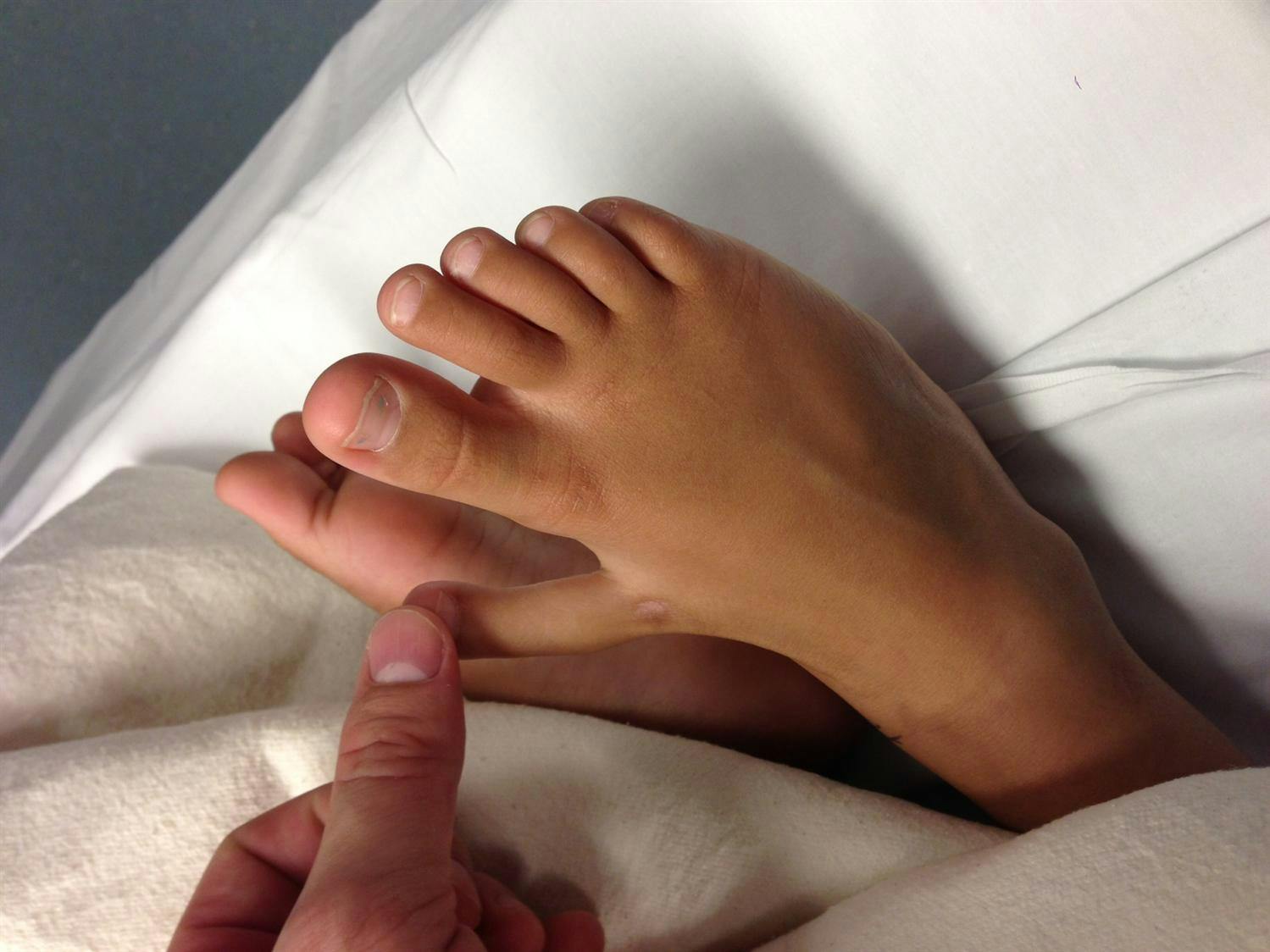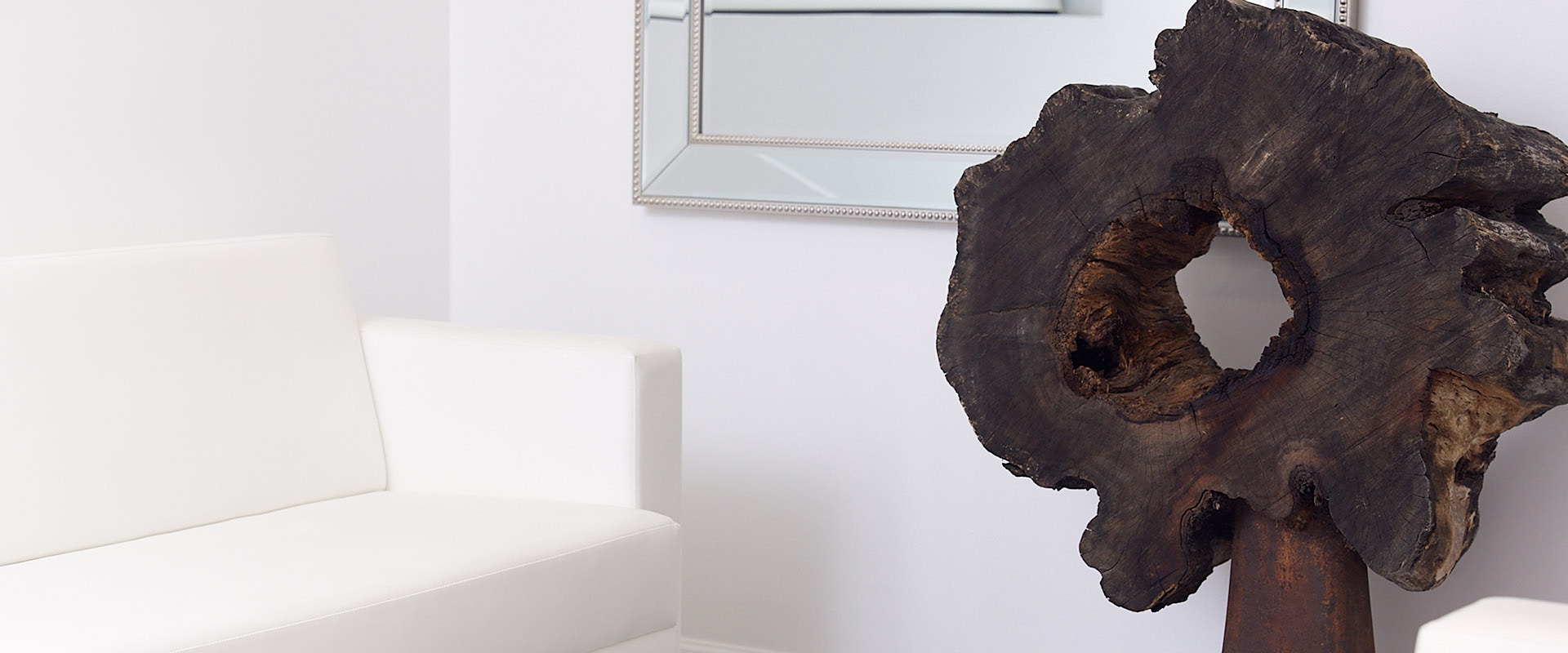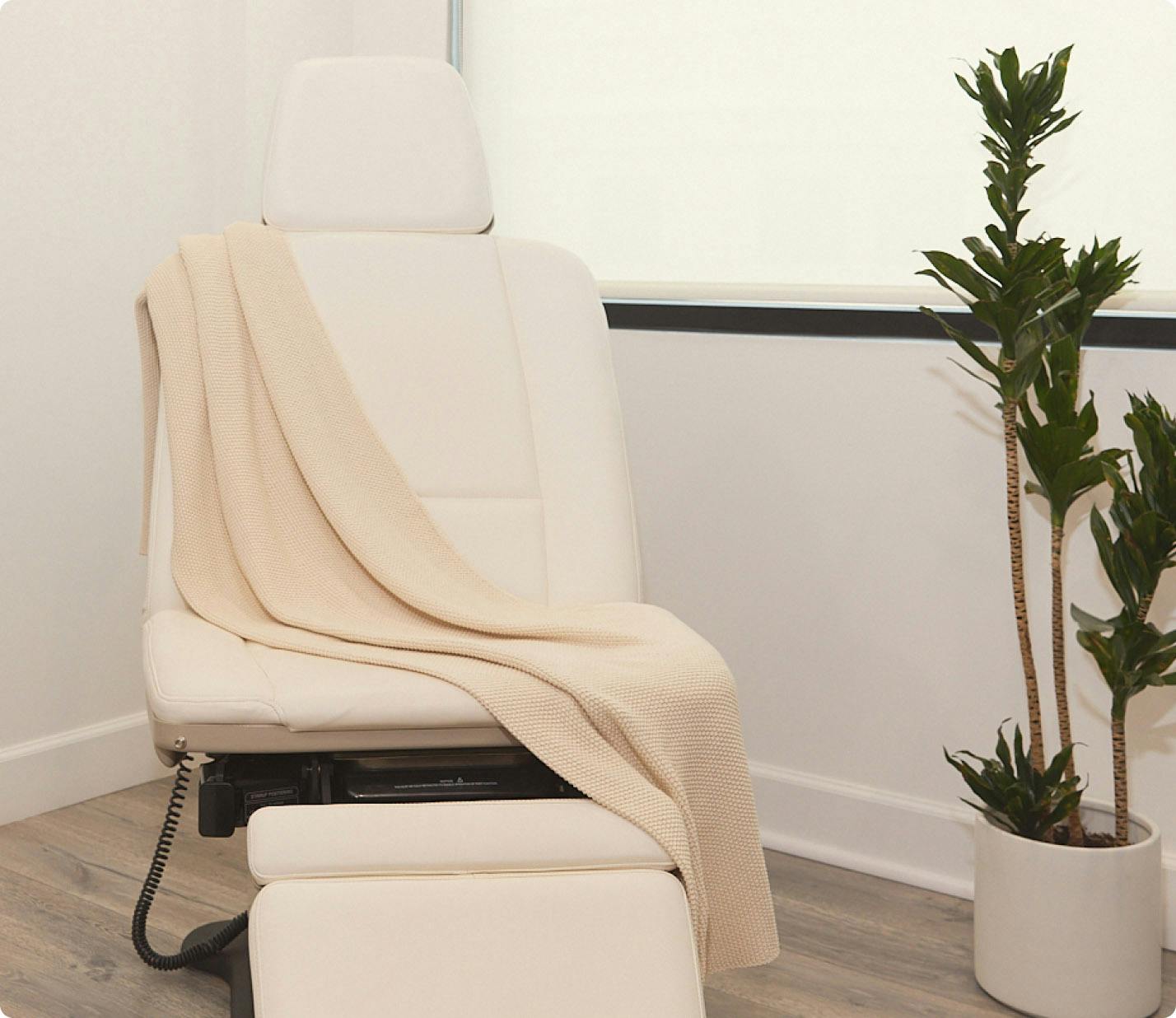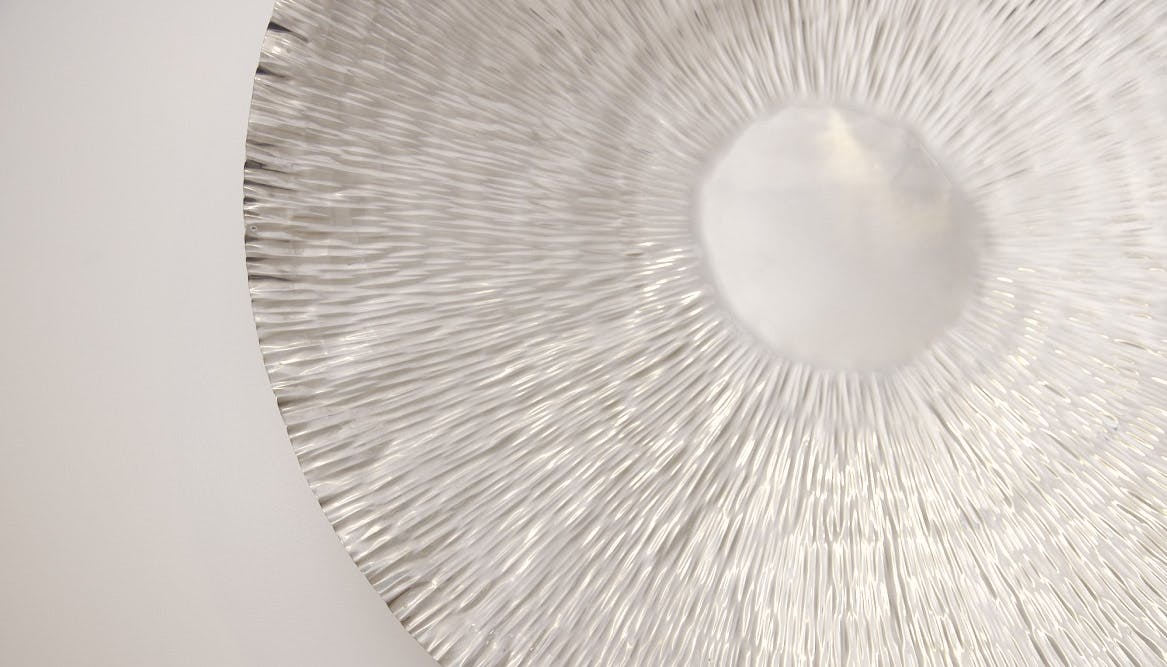Polydactyly is a congenital condition characterized by the presence of extra fingers or toes. It can occur in various forms and degrees, often requiring medical evaluation to determine the best course of treatment or management.
Polydactyly: Characteristics and Common Issues with Extra Digits
Extra fingers or toes can occur adjacent to any digit but seem to occur more routinely with border digits (eg, the small finger or thumb).
Several characteristic problems are present:
- The extra digit can split at the level of one of the bones
- The duplication can involve the joint
- The curvature of the remaining digit can occur
- The duplicated digits are themselves underdeveloped












